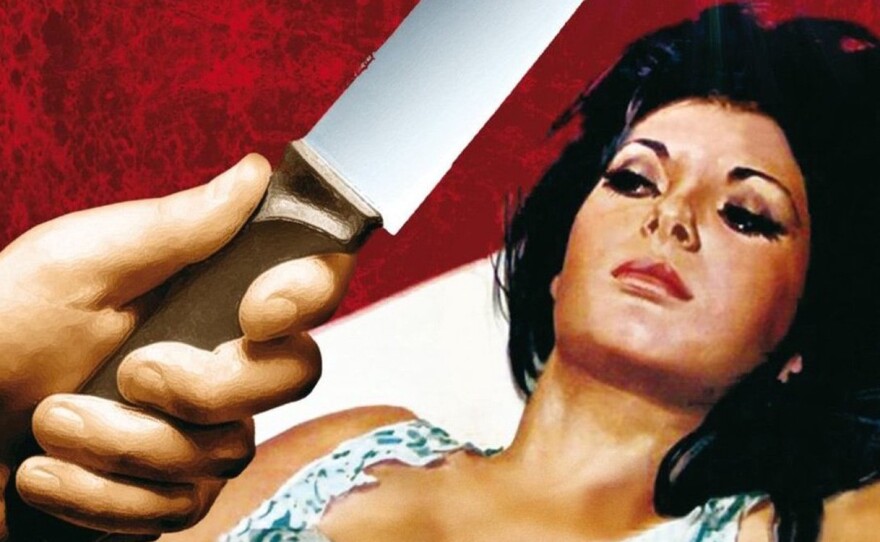Italian "giallo" cinema is something everyone needs to experience at least once. It consumes you like a fever dream and assaults your senses with an audacious excess of style. Soak up some glorious giallo elegance with this podcast.
Words seem to fail me in trying to describe giallo because it is such a visual and visceral genre. It is a bit like driving by a gruesome accident and not being able to look away, but then imagine that experience removed from reality and filtered through a dream or drug-induced state.
Giallo has its roots in literature and crime fiction. The word giallo translates literally as “yellow,” and it became synonymous with a particular style of literary thriller that got its name from the cheap yellow covers of the novels published in Italy in the 1950s and ’60s.
Like film noir, it has its roots in crime fiction. But the black and white world of noir proved too plain for the Italian filmmakers. Mario Bava’s "The Girl Who Knew Too Much" (1963) is considered the first giallo and he tried it in black and white, and quickly decided the following year that he needed color, if only for all the blood. His follow up film, "Blood and Black Lace" (1964), would epitomize the genre at its best.
It served up all the elements we have come to expect from a giallo: a high body count, grisly murders, an audacious color palette and a killer hidden beneath a hat, trench coat, mask and of course, black gloves. It is murder as both high art and high fashion.
Giallo is noir re-imagined in oversaturated colors and filtered through the hyperbolic language of opera (which of course was born in Italy). It revealed the influence of not just noir but also Edgar Allan Poe, Alfred Hitchcock and French grand Guignol theater. And in turn it would influence American slasher cinema as well as filmmakers like Brian DePalma, Quentin Tarantino and Nicolas Winding Refn.
The reason for focusing on giallo right now is that the ability to screen them theatrically has just gotten easier. American Genre Film Archives, or AGFA, just made a set of beautifully restored giallo DCP prints available for theatrical distribution, and I will be co-presenting a quartet of titles as part of a series called “A Giallo Affair” at Digital Gym Cinema. We will be screening “What Have You Done to Solange,” “Your Vice is a Locked Room and Only I Have the Key,” “Don’t Torture a Duckling,” and “Death Laid an Egg” at 4 p.m., on Sundays and 9 p.m., on Mondays through October.
In addition, a beautiful 35mm print of the fringe giallo film “Suspiria” was recently found and is making the rounds of theaters. Seeing these films on the big screen in the colors their filmmakers imagined them in is an intoxicating delight.
For this podcast, I speak with Bret Berg of AGFA; Troy Howarth, author of two volumes on giallo cinema, “So Deadly, So Perverse,” with a third volume on the way; and Rachael Nisbet, who runs Hypnotic Crescendos, a film blog dedicated to giallo and Italian genre cinema.


